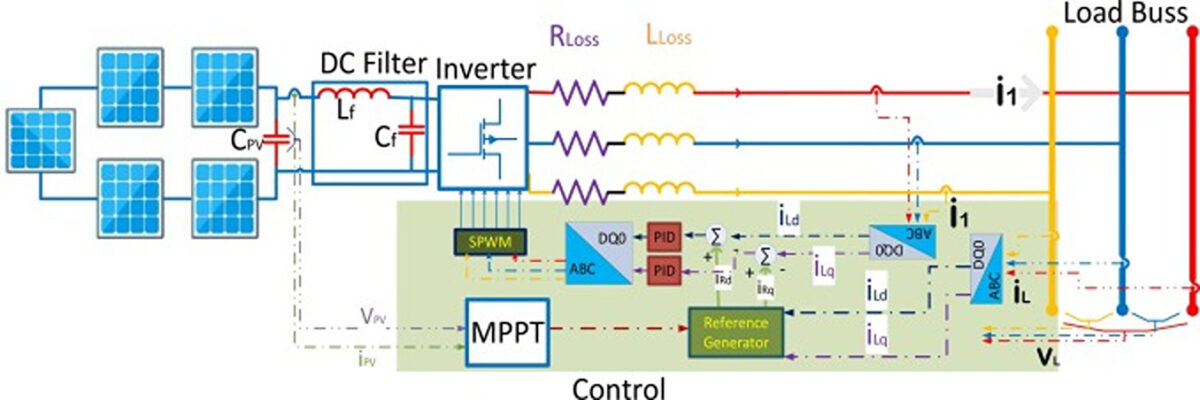A group of scientists from the University of Hradec Kralove in Czechia has developed a master-slave control system for controlling parallel inverters connected to a PV system.
The research group explained that using parallel inverters in PV systems is a strategy to optimize power generation while maintaining system efficiency and reliability, noting that master-slave architectures, which is a well-known concept for controlling and regulating shared resources, are commonly used in off-grid PV systems linked to storage.
In master-slave systems, a master entity receives one or more inputs and then creates slave entities to execute them. The master also controls the number of slaves and what each slave does.
“Auto-master-slave control is implemented to achieve rapid dynamic response and precise distribution of load power,” the academics said, noting that the main challenge of this configuration, however, is minimizing the circulating current between parallel units.
They also explained that previous approaches on parallel inverters had prioritized stabilization issues. “This master-slave structure allows photovoltaics to supply maximum energy to the microgrid,” they added. “Storage provides system voltage and frequency support by acting as master voltage sources.”
The team said that the proposed control technique relies on four pillars: effective circulating current reduction; accurate MPPT combining the perturb and observe (P&O) method with a proportional-integral-derivative (PID) algorithm; rapid response to load and radiation changes in under 50 milliseconds; and a payback period of 3.6 years.
The scientists utilized, in particular, a d-q-0 axes PID controller, a master unit based on a voltage loop PID control, and slave units using dual-loop PID current control. “The slave units' outer loop is responsible for tracking the PV units’ maximum power, while the inner loop is responsible for sharing the desired amount of power with a current that is in phase with the load current,” they explained.
Through a series of simulations, the scientists found that the master inverter connected to the batteries was able to maintain constant system voltage and compensate for deficits in PV generation. The proposed approach was also found to effectively restrict circulating currents between inverters.
Furthermore, they observed that the MPPT operates all solar panels at their exact MPPs with 100% efficiency and negligible fluctuations, regardless of the load and radiation conditions. The control system responds to any changes in load or radiation in less than 50 milliseconds, ensuring fast and efficient operation of the system, they concluded.
The novel control strategy was presented in the paper “Maximizing photovoltaic system power output with a master-slave strategy for parallel inverters,” published in Energy Reports.
This content is protected by copyright and may not be reused. If you want to cooperate with us and would like to reuse some of our content, please contact: editors@pv-magazine.com.




Master/ Slave terminology is outdated. We should use the terms Manager / Subordinate.
This is problematic and I can’t believe there hasn’t been a relabeling of this inverter configuration.